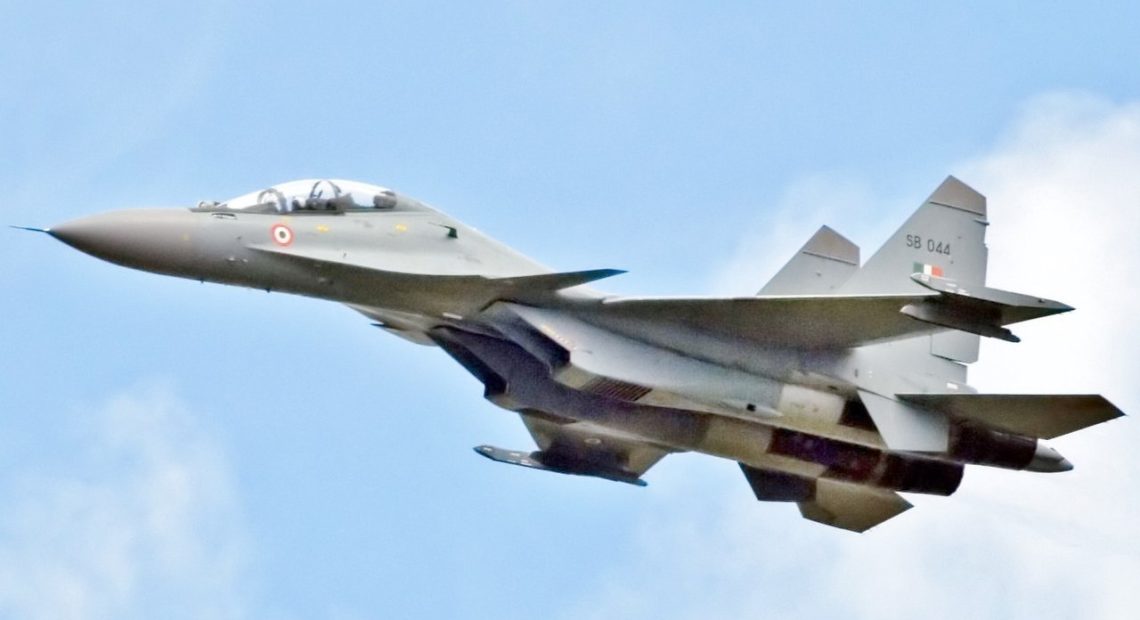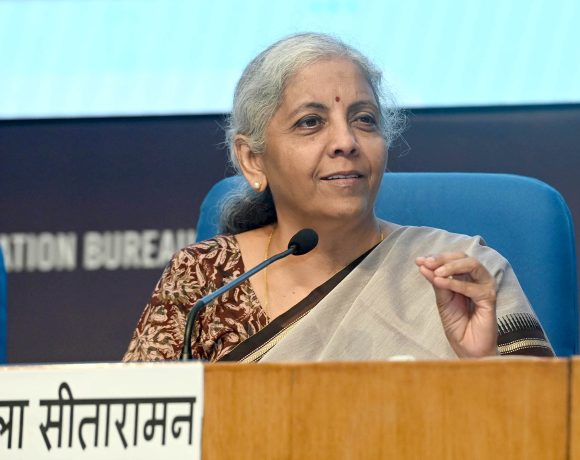
Israeli LORA May Boost Su-30MKI Strike Power
India is exploring the integration of Israel’s long-range surface-to-surface missile, LORA, into its Su-30MKI fighter fleet to significantly enhance deep-strike capabilities. The move comes amid the Indian Air Force’s (IAF) push to equip its frontline aircraft with more modern and versatile weapons that can reach targets up to 400 km away with precision.
LORA (Long Range Artillery) is a quasi-ballistic missile system developed by Israel Aerospace Industries (IAI). It can be launched from sea or land, and now, India is examining its potential for air-launch, which could make the Su-30MKI a potent long-range strike platform. The missile is known for its speed, stealthy trajectory, and satellite-guided precision strike abilities, making it capable of hitting high-value targets deep inside enemy territory.
Su-30MKI Modernisation Plan Underway
The plan to integrate LORA is part of the broader upgrade initiative of the Su-30MKI, which forms the backbone of the IAF. India currently operates over 260 of these Russian-origin aircraft, which are being progressively upgraded with new radars, avionics, and weapons to meet modern combat demands. The air-launched BrahMos-A supersonic cruise missile has already been integrated with the Su-30MKI, but the addition of LORA would add a ballistic-strike edge to the platform.
Sources in the defence establishment indicate that discussions between Indian and Israeli defence firms are ongoing, though no official deal has been signed yet. If successful, this integration could make India the first country to deploy LORA from a fighter aircraft, giving the IAF a unique capability to strike high-value targets such as missile sites, airbases, or military infrastructure with minimal exposure.
A Shift in Strategic Capabilities
Military experts believe the LORA-Su-30MKI combination would allow India to respond swiftly to threats across both western and eastern fronts, especially in scenarios where ground-based missile systems might face delays or restrictions. It would also allow India to strike without violating airspace for prolonged periods, thanks to the missile’s stand-off range.
This development aligns with India’s broader goal of expanding its precision-strike capabilities and reducing dependence on any single foreign supplier. With growing regional tensions and the need for fast, high-impact responses, the IAF’s modernisation efforts are clearly focused on deterrence through credible and advanced firepower.

















